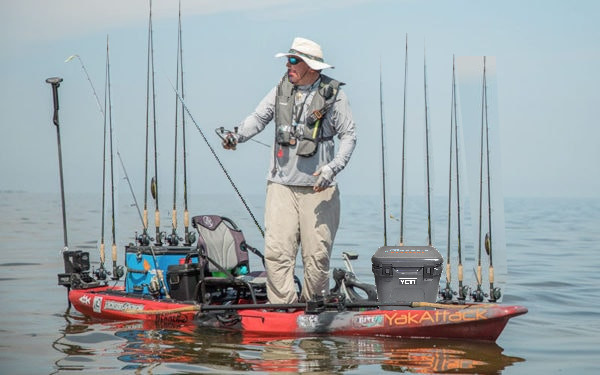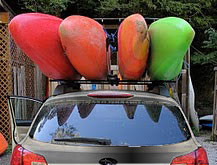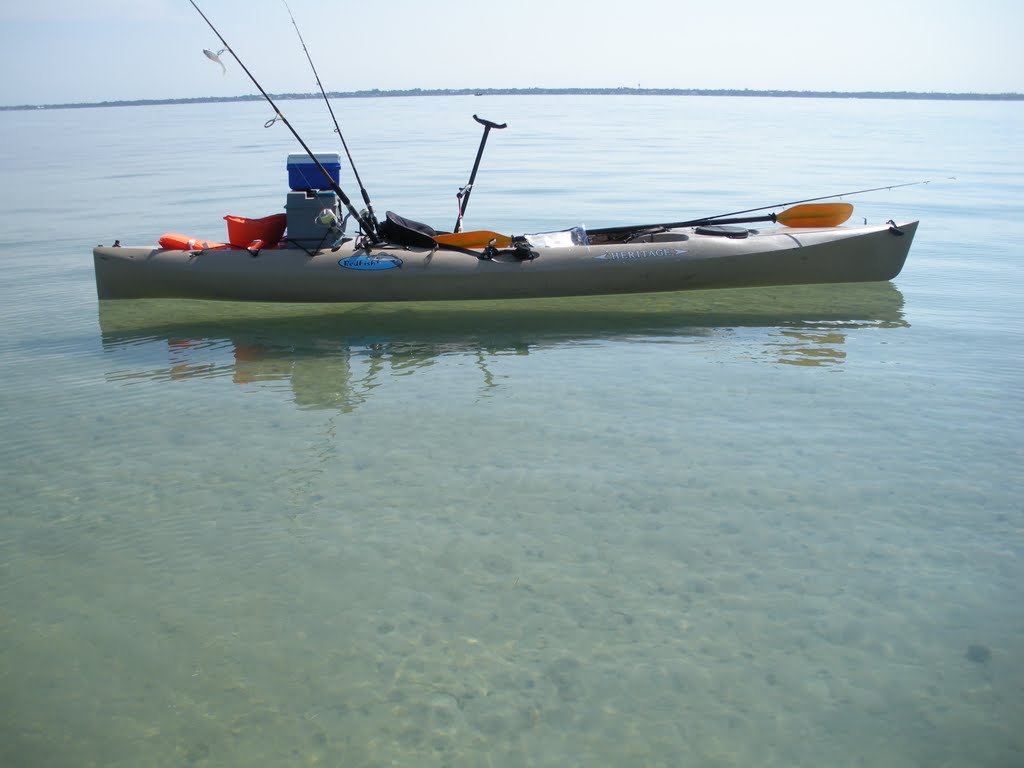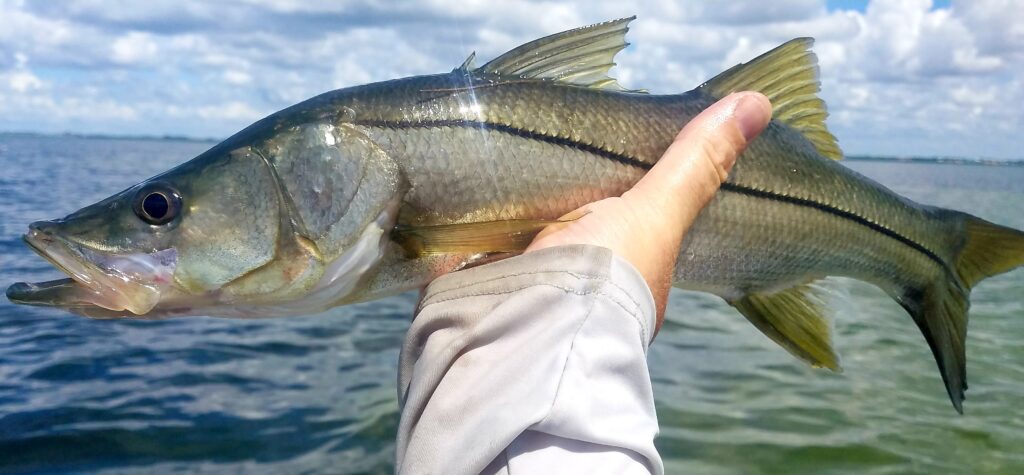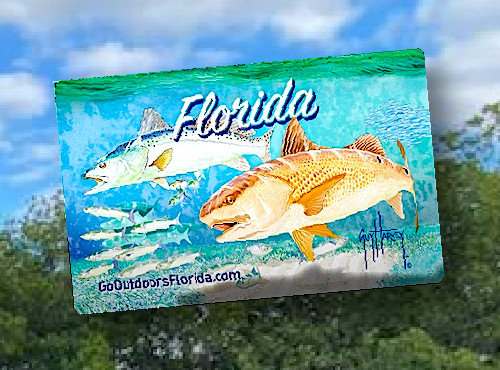If you’re an angler in Florida or planning a fishing trip to the Sunshine State, targeting Redfish should be on your to-do list. This comprehensive guide will walk you through how to find Redfish in different water temperatures, what gear to use, and the strategies to employ for a successful catch.
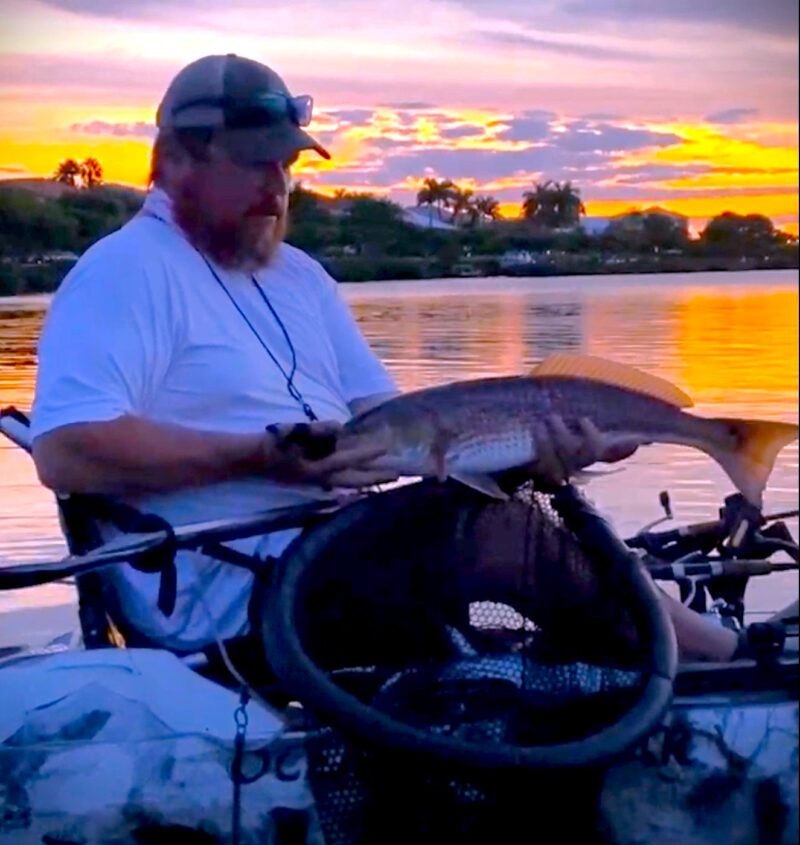
Table of Contents
- Introduction to Redfish in Florida
- Where to Find Them
- Optimal Water Temperatures for Redfish
- Cold Water Strategies
- Fishing in Optimal Conditions
- Warm Water Approaches
- Gear and Bait Selection
- Pros and Cons
- Conclusion
Introduction to Redfish in Florida
Known by several names including red drum and Sciaenops ocellatus, Redfish are a popular game fish found in various habitats such as estuaries, tidal flats, and coastal waters. Identifiable by their reddish-bronze color and a distinctive eyespot near the tail, these fish are a staple in Florida’s inshore fishing scene.
Where to Find Them
- Inshore Waters: Such as marshes, creeks, and shallow flats.
- Nearshore Waters: Close to inlets and passes.
Seasonality
While they are available year-round, late summer through fall is considered the peak season for redfish.
Regulations
Remember to check the Florida Fish and Wildlife Conservation Commission (FWC) guidelines for current size and bag limits.
Optimal Water Temperatures for Redfish
Redfish are most active when water temperatures range from 70°F to 85°F. Knowing this can significantly increase your chances of hooking one.
Factors Influencing Activity
- Below 70°F: Reduced activity but still catchable.
- Above 85°F: Less active and may seek deeper, cooler waters.
Cold Water Strategies (Below 70°F)
Gear
- Rod: Medium-heavy action rod
- Reel: Baitcasting with a strong drag system
- Line: 20-30 lb braided line
Bait and Tactics
- Natural Baits: Live shrimp, cut mullet, or mud minnows.
- Artificial Lures: Heavier jigs paired with soft plastics.
- Tactics: Slow presentation, bottom rigs, or Carolina rigs.
Pros and Cons
- Pros: Fewer anglers, larger fish in deeper waters.
- Cons: Less active fish, more patience required.
Fishing in Optimal Conditions (70°F to 85°F)
Gear
- Rod: Medium-light to medium action spinning rod.
- Reel: 3000-4000 series spinning reel.
- Line: 10-20 lb braided line with fluorocarbon leader.
Bait and Tactics
- Natural Baits: Live shrimp, pinfish, or finger mullet.
- Artificial Lures: Paddle tail soft plastics, topwater plugs, and weedless spoons.
- Tactics: Sight casting, wade fishing, shallow draft boating.
Pros and Cons
- Pros: Fish are active and aggressive, suitable for diverse techniques.
- Cons: Higher fishing pressure, especially during peak seasons.
Warm Water Approaches (Above 85°F)
Gear
- Rod: Medium action spinning rod.
- Reel: Spinning reel suited for casting to shaded areas.
- Line: 10-20 lb braided line.
Bait and Tactics
- Natural Baits: Cut bait such as ladyfish or pinfish.
- Artificial Lures: Slow-sinking lures or scented soft plastics.
- Tactics: Early mornings or late afternoons, shaded areas, or deeper channels.
Pros and Cons
- Pros: Fish are concentrated in specific, cooler areas.
- Cons: Lower strike rates and potential heat stress for both fish and anglers.
Gear and Bait Selection Overview
Adapting your gear and bait selection to align with the current water temperature can maximize your fishing success. From rods and reels to natural and artificial baits, the right equipment is essential.
How to Locate Feeding Redfish in Mangroves, Oyster Bars, and Grass Flats
Finding feeding Redfish in their prime habitats can significantly up your angling game. In this guide, we delve into the key signs and tactics to locate Redfish when you’re fishing around mangroves, oyster bars, and grass flats.
Identifying Key Habitats

Mangroves
- Overhanging branches provide cover.
- Muddy bottoms hold baitfish and crustaceans.
- During high tides pressured redfish will be deep under mangroves and can be found fleeing (yellow) to deeper water during an outgoing tide.
- Happy reds can be found cruising the flats around oysters along mangroves (red).
- They will move in and out (Yellow) with the tides (A, B, C)
“Water movement is relative to the area. Not all redfish habitat has strong visible flow so trust your tide charts and know the water is moving during rising and falling tides making the size of the tide an important factor.”
-Yakfishin365
Oyster Bars
- Serve as natural structures.
- High potential for gathering food particles.
- Create pinch points and funnel consolidating fish in small areas.
- Lots of tasty critters live in the and around the oysters
- Redfish are often found in the swell created by outgoing tidal flow in front of the bar.
Grass Flats

- Abundant seagrass offers hiding spots.
- Ideal for juveniles and smaller baitfish.
- Fan casting flats targeting the edges of sand patches and thicker grass areas (orange).
Signs of Feeding Redfish

- Mud Clouds: Stirred up mud indicates rooting Redfish.
- Bird Activity: Birds diving can signal a feeding zone.
- Surface Disturbance: Tail fins or wakes are signs of active feeding.
Approaching Mangroves
Step 1: Scan for Signs
Look for birds, mud clouds, or nervous water near mangroves.
Step 2: Cast Strategically
- Start by targeting roaming redfish 20-25 feet from the mangroves. Then move into 10-20 then target close to the mangroves.
- Then work under the mangrove points and coves where redfish could be waiting to ambush food (Red)
- Move along the shore casting up into the moving water and bring your bait down with the flow of the water.
Step 3: Retrieve Slowly
- Consider redfish under mangroves as “hiding” and nervous so finesse is key.
- Use a Slow and steady retrieve to mimic natural prey and not create too much vibrations in the water
Navigating Oyster Bars
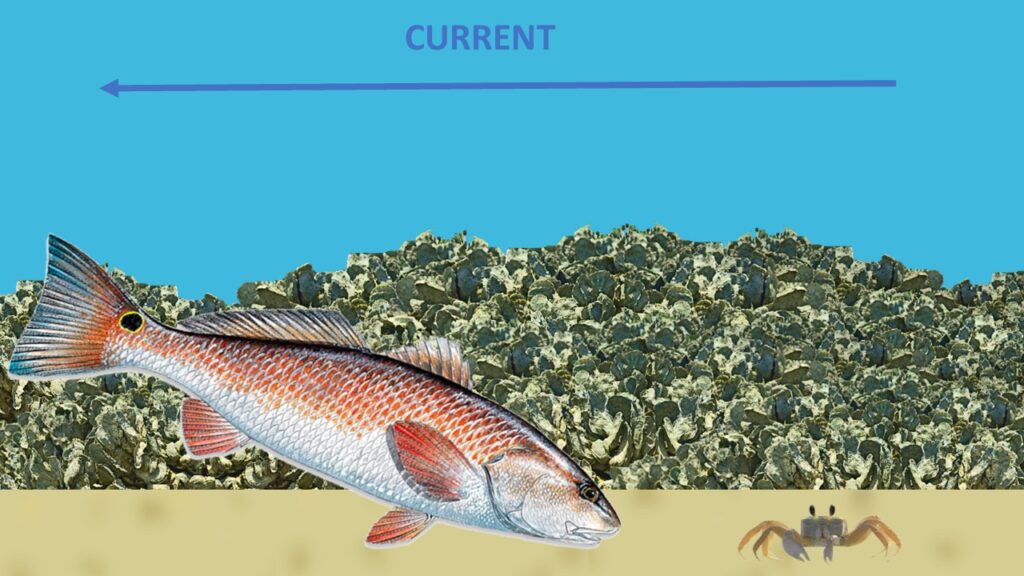
Step 1: Choose the Right Tide
- Rising or high tide yield best results because all the critters come out of hiding.
- Redfish are less skittish because they are more protected from birds of prey in deeper water.
Step 2: Use Appropriate Lures
- Jigs or baitfish-imitating lures work well.
- Use dark 3″ paddle tail in murky water, light 3″ paddle tail in clear water.
Step 3: Cast Parallel
Look for darker water along the length of bars to identify gullies and pathways.
Cast parallel along the gullies along the bar and dragging the bottom with a jig head and paddle tail to mimic crustations found around the bar.
Exploring Grass Flats
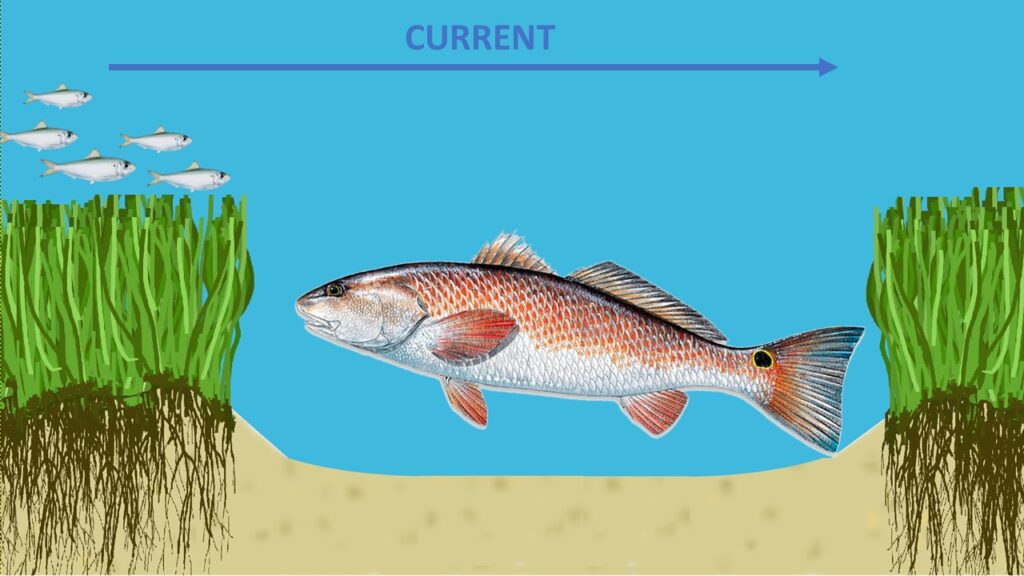
Step 1: Identify Healthy Seagrass
- Look for vibrant, green patches as they hold more prey.
- “Swiss cheese” bottoms create structure and hiding spots for both predator and prey.
Step 2: Use Weedless Lures
- Weedless spoons or soft plastics rigged weedless are ideal.
- Topwater can also be leveraged as “weedless” as it can go over the grass which can create some incredible blow ups when a redfish breaks out of its hiding place to eat your lure.
Step 3: Employ Sight Fishing
- Polarized sunglasses help to see Redfish movement.
- Look for “funny water” caused by fish making short quick movements while foraging
- Look for baitfish getting pressured to the surface.
“Watch for egrets running up and down shorelines picking at the water. Redfish feeding on baitfish will push them up into the skinny water where the egrets have learned to run up and pick them off. So any excited shore birds is a good sign something is feeding right in front of them. Just make sure your cast doesn’t spook them as their shadow will scare the red into deeper water.”
-Yakfishin365
Step 4: Know the Flow
- Redfish move from deeper water to shallow flats and mangrove shorelines during a rising tide then return to the deeper water during the falling tide.
- Deep canals (blue) can be redfish refuge during extreme temperatures conditions seeking the deep cool water in the heat and deep warmer water in the cold.
- All ambush species will sit in the water facing the current waiting for food to get washed to them. For a natural presentation you want to cast into the flow and bring your baits towards the fish. Make sure you can take an angle keeping your line off their backs.
Conclusion
Fishing for Redfish in Florida’s backcountry is an angler’s dream. By understanding their behavior in different water temperatures and using the right gear and tactics, you’re setting yourself up for a successful and rewarding fishing experience. So, gear up and hit those inshore waters to find your next big catch!

